Looking for easy ways to fix ‘DAE Error 13001’ in Pro Tools in Windows?

Pro Tools is a great platform to create and edit both music and sound recordings. Pretty much every commercial recording studio has it on their computers, but the volume of people complaining about constant errors is growing every day.
One such common issue faced by quite a few users is the ‘DAE Error 13001’ in Pro Tools. This error occurs when the users attempt to launch Pro Tools on their Windows. We had a look into this matter and found out that the issue is typically caused when the users do not run the tool as administrators.
If you are facing a similar issue on your Windows, then you are at the right place. We have listed some of the most effective errors in this guide that will help you resolve the issue in no time.
Let’s get started.
1. Run Pro Tools in Compatibility Mode.
A compatibility mode helps an incompatible software remain compatible with Windows by either imitating an older version of it or mimicking another operating system.
If you face the ‘DAE error 13001’ in Pro Tools, then there is a chance that the tools are not compatible with your operating system. This issue can be resolved by running the Pro Tools in compatibility mode. However, this method is only for the operating system Windows 7 and Windows 8.1 users.
Here is what you need to do:
- Right-click on the problematic executable and click on Properties.
- Inside the Properties screen, go to the Compatibility tab and then checkmark the Run this program in compatibility mode option.
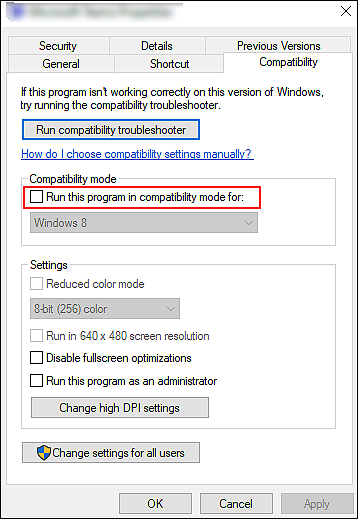
- Now click on the drop-down menu right under the checkbox and select your Windows version.
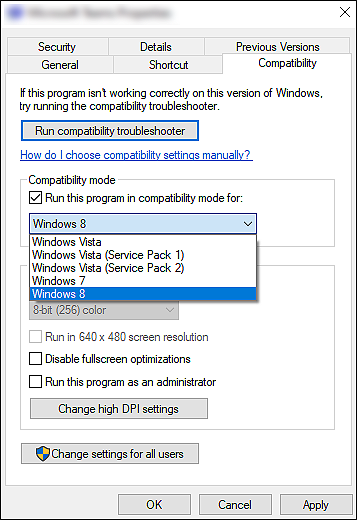
- Finally, click on Apply and close the window. You can now check if the Pro Tools are working fine now.
If a compatibility issue was causing the error, then running the Pro Tool in compatibility mode will resolve it.
2. Run Pro Tools as Administrator.
Some services and programs require administrative access to perform the expected operations within the operating system and fail to function otherwise.
This can be another reason why your screen is displaying the ‘DAE Error 13001’ code on Windows. A simple solution to this issue is to run the main Pro Tools executable as administrator. Hopefully, doing so will resolve the issue.
Here is what you need to do:
- Navigate to the main Pro Tools executable and right-click on it.
- Choose Run as administrator from the context menu and click on Yes in the User Account Control prompt.
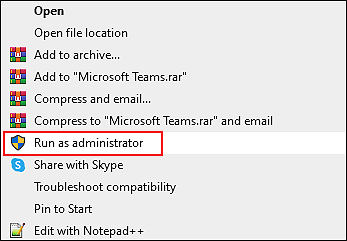
- Now try rerunning the main Pro Tools executable and check if doing so resolved the issue. If it did, then continue with the 4th step. If not, then jump to the next method below.
- Right-click on the executable and click on Properties from the list of options available in the context menu.
- Go to the Compatibility tab and under Settings, checkmark the box against Run this program as administrator.
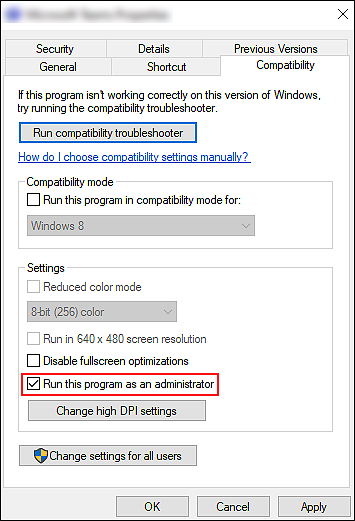
- Finally, click on Apply to save the changes and close the window.
This should resolve the issue at hand on your PC.
3. Try Using CleanMyPC.
If you haven’t deep cleaned your PC in a long time, then the junk files piled up in the system might be causing the issue under consideration. In this scenario, the easiest way to eliminate the corrupt junk files is by using an efficient PC cleaning tool, but doing it manually will take you a lot of energy and time.
We recently tested out a few PC cleaners and found CleanMyPC to be the best. So, if you are looking for a recommendation, we will highly recommend CleanMyPC.

Unlike most cleaning tools, CleanMyPC comes with a wide range of system maintenance tools like a Multi Uninstaller, Speed Booster, and Cleaner. These cleaning tools will take care of all your PC-related issues and will leave your PC up and running like new.
Install CleanMyPC now and give your PC a much-needed performance boost!
4. Reinstall Pro Tools.
If none of the methods mentioned above has worked for you, this implies that the issue is with the Pro Tools installation itself.
Since the troubleshooting methods would not work in this case, we encourage you to go ahead and reinstall the Pro Tools on Windows. However, you must make sure that you are reinstalling the latest Pro Tools version to prevent any further issues.
Here is what you need to do:
- Open a Run dialogue box by pressing Windows + R keys simultaneously.
- Type ‘appwiz.cpl’ in the text field of the dialogue box and hit Enter. Doing so will launch the Programs and Features window.
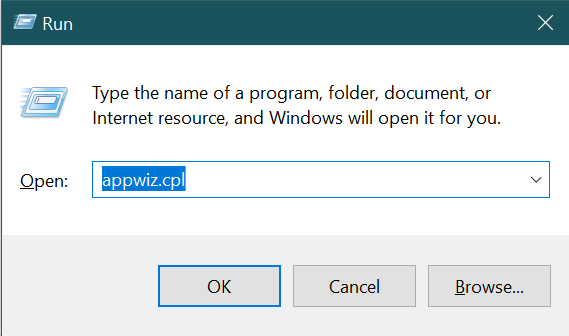
- Inside the Programs and Features window, locate the Pro Tools installation and right-click on it.
- Select Uninstall and follow the on-screen instructions to complete the process.
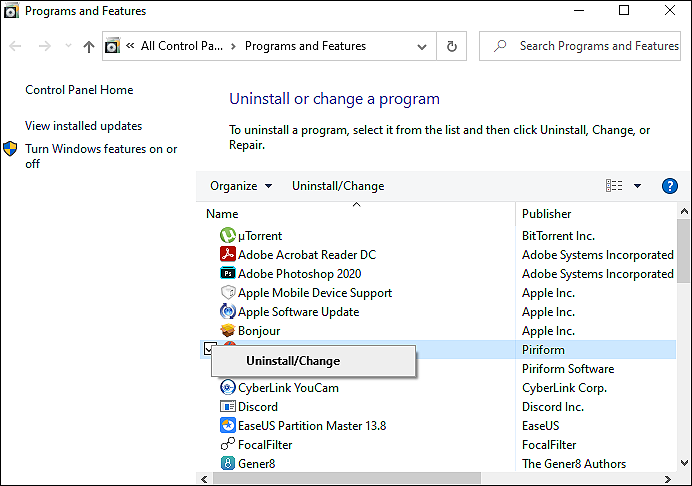
- Once done, restart your PC.
- Now navigate to the download page of Avid and install the latest version.
- Once the installation executable is downloaded, right-click on the newly downloaded file and click on Run as administrator.
- Click on Yes in the User Account Control prompt and follow the on-screen instructions to complete the installation.
- Finally, restart your PC.
That’s it.
Doing so will resolve the issue once and for all.
This brings us to the end of our guide on fixing the ‘DAE Error 13001’ in Pro Tools on Windows. We tried walking you through each troubleshooting method in detail and hope that one of the methods helped you resolve the issue. If you still have any questions regarding the troubleshooting methods, please let us know in the comment section below.
If this guide helped you, please share it. 🙂





